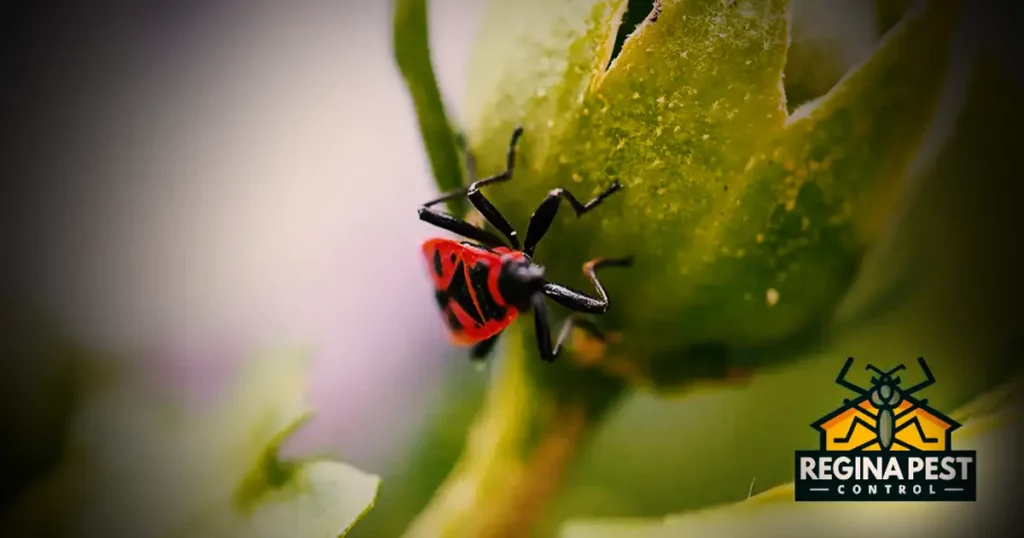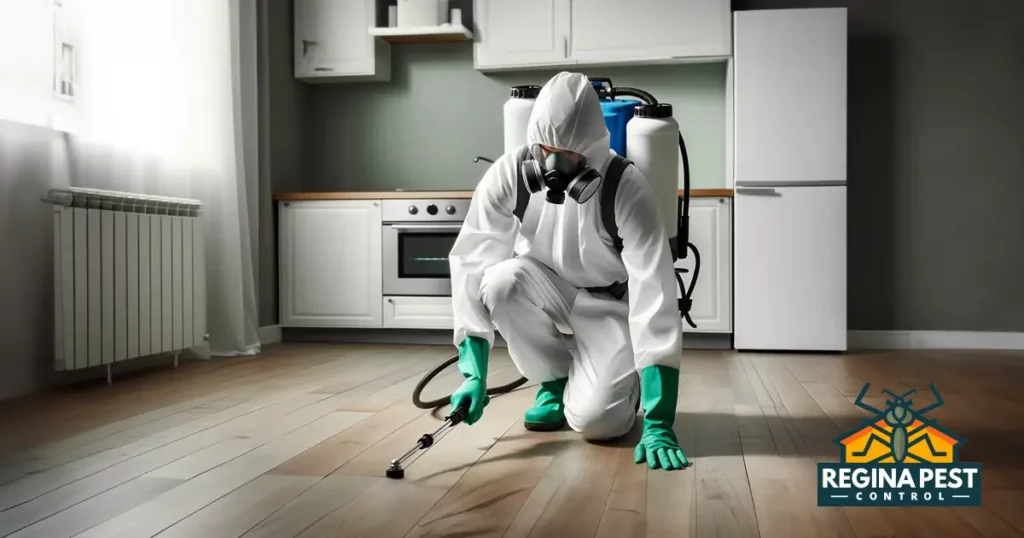- Bird Control Methods for Homeowners
- The Importance of Bird Control for Homeowners
- Common Bird Problems Faced by Homeowners
- Understanding Bird Behavior and Nesting Patterns
- Non-lethal Bird Control Methods
- Installing Physical Barriers for Bird Control
- Using Bird Repellents and Deterrents
- Attracting Birds to Designated Areas Away from Your Home
- Hiring Professional Bird Control Services
- Tips for Maintaining Bird Control Measures
- Conclusion: Maintaining a Bird-Friendly and Peaceful Home Environment
Bird Control Methods for Homeowners
Birds can bring joy and beauty to our homes and gardens, but when they start causing damage and becoming a nuisance, it’s time to take action. As a homeowner, finding effective bird control methods is essential to protect your property and maintain a peaceful environment. In this article, we will explore different strategies that homeowners can employ to deter birds without causing harm.
The Importance of Bird Control for Homeowners
Birds may seem harmless, but when they gather in large numbers or nest on your property, they can create numerous problems. From leaving droppings everywhere to damaging structures, birds can cause significant damage to your home and garden. Additionally, some bird species can become aggressive and pose a threat to humans and pets.
Implementing bird control measures is crucial not only to protect your property but also to maintain a safe and hygienic environment. By proactively managing bird populations, you can prevent potential health hazards and avoid costly repairs.
Common Bird Problems Faced by Homeowners
Different bird species can pose various challenges for homeowners. Pigeons, for example, are notorious for roosting on buildings, bridges, and other structures, leaving behind droppings that can corrode surfaces and carry diseases. Seagulls, on the other hand, are known for scavenging and stealing food from outdoor dining areas, creating a mess and potentially causing harm to unsuspecting individuals.
Smaller birds, such as sparrows and starlings, can be equally problematic. They often build nests in vents, chimneys, and gutters, leading to blockages and potential fire hazards. These birds can also damage crops and gardens by pecking at fruits and vegetables.
Understanding Bird Behavior and Nesting Patterns
Before implementing any bird control method, it is important to understand the behavior and nesting patterns of the specific bird species causing problems. Different birds have different preferences when it comes to roosting and nesting sites. By identifying their preferred locations, you can target your efforts more effectively.
For example, pigeons prefer flat surfaces, such as ledges and rooftops, for roosting. Seagulls, on the other hand, are attracted to open spaces near bodies of water. Smaller birds tend to build nests in protected areas, such as trees, shrubs, and building crevices.
Non-lethal Bird Control Methods
When it comes to bird control, it is important to prioritize humane and non-lethal methods. Killing or harming birds should always be the last resort. Luckily, there are several non-lethal bird control methods that homeowners can implement.
One effective method is the use of bird spikes. These are narrow, pointed strips made of stainless steel or plastic that can be installed on surfaces where birds tend to roost. The spikes make it uncomfortable for birds to land, encouraging them to seek alternative locations.
Another non-lethal approach is the use of bird netting. This involves installing a mesh barrier over areas where birds are causing problems, such as gardens or outdoor dining areas. The netting creates a physical barrier that prevents birds from accessing the area without causing them harm.
Scare devices, such as decoy predators and reflective materials, can also be effective in deterring birds. Birds are naturally wary of predators, so placing decoy birds of prey or hanging reflective tape can create a sense of danger and discourage them from roosting or nesting.
Installing Physical Barriers for Bird Control
Physical barriers are one of the most effective long-term bird control solutions. They prevent birds from accessing specific areas, such as rooftops, balconies, and gardens. There are several types of physical barriers that homeowners can consider.
One popular option is bird netting. This involves installing a fine mesh net over an area to create a barrier that birds cannot penetrate. The netting should be securely fastened to prevent birds from getting entangled.
Another physical barrier option is bird wire or bird spikes. These are narrow strips or wires that can be attached to surfaces, making them uncomfortable for birds to land or roost. Bird wire is often used on ledges, while bird spikes are effective on flat surfaces.
Bird slope systems are also effective physical barriers. These consist of angled panels or sheets that prevent birds from landing and perching on surfaces. The smooth, sloping design makes it difficult for birds to find a stable footing.
Using Bird Repellents and Deterrents
Bird repellents and deterrents are another approach to bird control. These products aim to discourage birds from roosting or nesting on your property by creating an unpleasant or inhospitable environment. There are several types of bird repellents and deterrents available.
Visual repellents, such as scare balloons and reflective tape, use visual cues to deter birds. These items create movement and reflective surfaces that birds find intimidating or confusing.
Auditory repellents, such as ultrasonic devices and bird distress calls, emit sounds that birds find distressing. Ultrasonic devices emit high-frequency sounds that are inaudible to humans but annoying to birds, while bird distress calls simulate the distress calls of birds in distress, signaling danger to other birds.
Chemical bird repellents, such as sprays and gels, use substances that birds find unpleasant or irritating. These repellents can be applied to surfaces or specific areas to discourage birds from landing or roosting.
Attracting Birds to Designated Areas Away from Your Home
If you enjoy having birds around but want to keep them away from certain areas of your property, you can consider creating designated areas where birds are encouraged to gather. By providing alternative roosting and feeding sites away from your home, you can redirect bird activity to more suitable locations.
Install bird feeders and bird baths in an area away from your home to attract birds and provide them with a food and water source. Planting native trees and shrubs that produce fruits or berries can also attract birds to specific areas of your garden.
Creating a designated nesting area, such as a birdhouse or nesting box, can provide birds with an alternative nesting site. Make sure to research the specific requirements of the bird species you want to attract to ensure the nesting area is suitable.
Hiring Professional Bird Control Services
If DIY bird control methods are not providing the desired results, or if you have a severe bird infestation problem, it may be necessary to hire professional bird control services. Bird control professionals have the expertise and tools to assess your bird control needs and implement effective solutions.
Professional bird control services can conduct a thorough inspection of your property to identify problem areas and develop a customized bird control plan. They may use a combination of physical barriers, bird repellents, and deterrents to effectively manage bird populations.
Tips for Maintaining Bird Control Measures
Once you have implemented bird control measures, it is important to regularly maintain and monitor them to ensure their effectiveness. Here are some tips for maintaining bird control measures:
1. Regularly inspect physical barriers, such as bird netting and spikes, for any signs of damage or wear. Repair or replace damaged sections promptly.
2. Clean up any bird droppings or nests regularly to discourage birds from returning to the area.
3. Trim trees and shrubs near your home to prevent birds from accessing your roof or nesting in your gutters.
4. If using bird repellents or deterrents, follow the manufacturer’s instructions for application and reapplication.
5. Stay updated on the latest bird control methods and technologies. New innovations may provide even more effective and humane solutions.
Conclusion: Maintaining a Bird-Friendly and Peaceful Home Environment
Bird control is a necessary consideration for homeowners who want to protect their property and maintain a peaceful environment. By understanding bird behavior, employing non-lethal methods, and implementing physical barriers and repellents, homeowners can effectively manage bird populations without causing harm.
Remember to prioritize humane and environmentally-friendly bird control methods, and consider attracting birds to designated areas away from your home if you enjoy their presence. If DIY methods are not sufficient, professional bird control services can provide expert assistance.
By taking proactive measures and regularly maintaining bird control measures, homeowners can enjoy a bird-friendly and peaceful home environment while avoiding the damage and nuisance associated with excessive bird populations.





